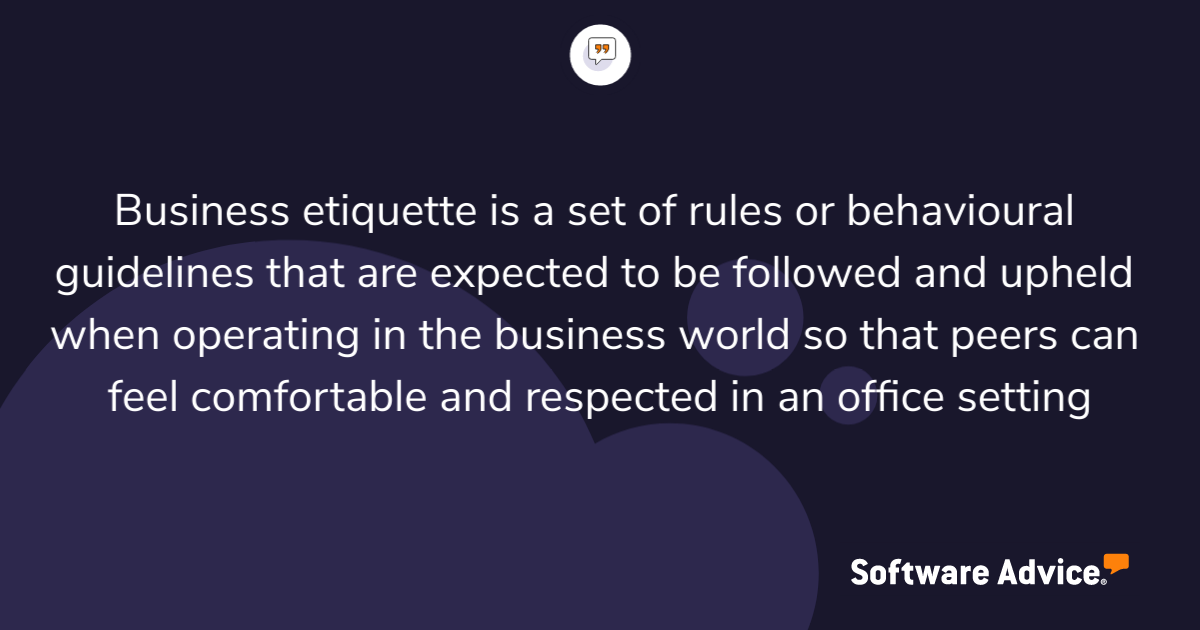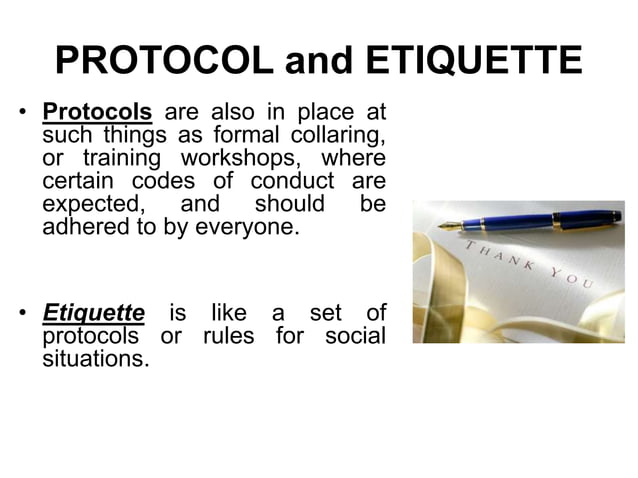- 5 rules of golf etiquette
- Formal rules of procedure or etiquette
- The unwritten rules of professional etiquette
10 rules of golf etiquette
Workplace etiquette refers to the set of unwritten rules and expected behaviors that govern how individuals interact in a professional setting. It encompasses everything from communication style and punctuality to how employees handle conflict, respect cultural differences, and contribute to a positive team environment https://netent-software.com/slots/roulette-advanced/.
“When I talk with executives about the qualities they value most in employees, being a team player often tops the list. They look to hire and promote those who know that being part of an organization means more than just doing well in one’s own job. It’s about helping others grow, pitching in to work on big problems together, and being open to learning from people around them.”
If it feels like professional behavior is becoming optional or worse, forgotten you’re not alone. Resume Builder reports that 45% of companies have already launched workplace etiquette training, and another 18% joined them by 2024. Why? Because the basics respect, punctuality, clear communication aren’t being practiced consistently.
Communicating through a camera has reduced our ability to effectively control our body language in person. A condescending eye roll, a shrug, a lengthy sigh—these are things we have mastered at hiding through switched off cameras and muted mics.

5 rules of golf etiquette
There are a few more things to consider, such as hiring a caddy ($100 to $140 per bag), taking a golf cart, or taking a cart bag. New golfers may especially enjoy the benefits of a caddy, but even the PGA Tour pros use caddies. They can advise you on club selection, read the line on a putt, rake the bunker, and find your ball in the rough. Especially if you play an unfamiliar course, their advice could mean the difference between a par and a bogey.
While losing your temper might look funny in the movies, don’t throw or break your clubs. Don’t swear after a bad shot. Don’t hack at the fairway or green in anger. Protect the course and practice good sportsmanship. Poor etiquette on the golf course won’t win laughs—it will guarantee that you play by yourself in the future. Bad behavior on the course can even lead to confrontation.
Pay attention to small things like the sound of Velcro ripping on your glove or digging in your bag while someone tees up. For golf etiquette on the tee box, don’t walk off the tee area until everyone has played their tee shots.
In casual golf, Ready Golf has certainly become the custom, meaning that playing out of order is fine as long as you are not impeding another player. (Tradition has always been that the player farthest away from the hole go first, but that can often slow down play.) If you’re ready to hit, go for it. The one exception is on the tee when one of the players in your group has made birdie or eagle on the previous hole. In this case, it’s always preferable, even if that player isn’t ready, to say “birdie goes first,” at least making the offer.
The process is quite simple: pressing down the affected turf to smooth it out. You mustn’t just brush the surface, as this can cause more damage and require further repairs. If a ball mark is particularly deep, some golfers will press down and flatten the affected area with their shoe or club face.
Formal rules of procedure or etiquette
The formality of a board meeting, borne out of respect for the board members, calls for seamless meeting preparation, up-to-date meeting information, and above all, observance of the board meeting etiquette.
While protocol may seem rigid and impersonal, it plays a vital role in maintaining order and avoiding misunderstandings during high-stakes events. It eliminates ambiguity and ensures that everyone involved knows what is expected of them. Protocol is particularly relevant in diplomatic circles, where the slightest misstep can have significant consequences for international relations.
Lastly, the chairman will call for any new business. Members have the right to introduce new items of business or move items from the table. Members can do so in the order they are recognized by the chair.
An actual reading of the minutes of each previous meeting is required. In cases, wherein minutes are already distributed to members in advance, the actual reading is only done when a member requests it. Any proposed corrections must be disposed of prior to approval of the secretary’s draft.

The formality of a board meeting, borne out of respect for the board members, calls for seamless meeting preparation, up-to-date meeting information, and above all, observance of the board meeting etiquette.
While protocol may seem rigid and impersonal, it plays a vital role in maintaining order and avoiding misunderstandings during high-stakes events. It eliminates ambiguity and ensures that everyone involved knows what is expected of them. Protocol is particularly relevant in diplomatic circles, where the slightest misstep can have significant consequences for international relations.
The unwritten rules of professional etiquette
Did you know that no one cares about your grades in graduate school because everyone gets As? Did you know that all students are doing extra activities to pad their CVs and resumes? Do you wonder how you are supposed to stand out among your peers and get access to special projects, training opportunities, or internship placements? Do you know the common faculty annoyances that may spoil your chances at these opportunities?
The people in your program who have evaluative power or authority are the ones who will most directly judge your professionalism. Because of this, I use terms such as professor, faculty member, instructor, supervisor, and advisor somewhat interchangeably; teaching assistants and other senior students may also at times fill teaching or advising roles. It cannot be overstated that how you behave around staff as well as peers also shapes your professional reputation. For example, when a student is rude to our administrative assistant, the faculty hears about it. When students come forward with a concern about the behavior of one of their peers, the faculty will investigate. All of this protects the profession.
The distinction between competence and professionalism is the reason you cannot assume that, just because you show up to classes in graduate school and get good grades, you will have everything you need to carry you through your career. This misunderstanding is likely fueled by the perception that grades are everything, which is what you may have learned as an undergrad. Unfortunately, grades only measure your competence in the subject matter and not your professionalism. After all, acting professionally is not required when learning statistics, for example—you could learn those math skills quite efficiently while also being rude.
The purpose of this book is twofold. First, it provides you with situational awareness of how faculty members are most likely to judge professional etiquette. Second, it provides concrete, immediately applicable advice on appropriate professional responses to those situations you are likely to encounter. I am writing down many of the unwritten rules. I will also share with you why those rules exist so that you may have a successful graduate-level academic experience and future professional life.
Did you know that no one cares about your grades in graduate school because everyone gets As? Did you know that all students are doing extra activities to pad their CVs and resumes? Do you wonder how you are supposed to stand out among your peers and get access to special projects, training opportunities, or internship placements? Do you know th